![]()
During the early hours of Tuesday, September 4th 1860, the small village of Helmshore – situated within the Rossendale Valley in the North West of England was rocked by a serious tragedy that claimed the lives of 11 innocent victims as well as seriously injuring onwards of 77 people.
UPDATE : We are currently revisiting this story which will be released in the early part of 2022. New information has been received which gives more insights into what happened during the early hours when this tragic event took place. We are also in the process of raising funds for a memorial plaque to be erected in remembrance of those killed. If you can help by donating, please click here.
After spending the previous day enjoying a brass band contest that had taken place in Manchester, over 2,500 people boarded three trains to begin their journey home to the surrounding towns of Helmshore. Many where travelling to Accrington, Blackburn and Colne and despite the crammed conditions they travelled in – roughly 50 to 60 persons per carriage, most where in a jovel mood and enjoying the scenery, albeit only briefly lit by the moon in an otherwise cloudless evening sky.
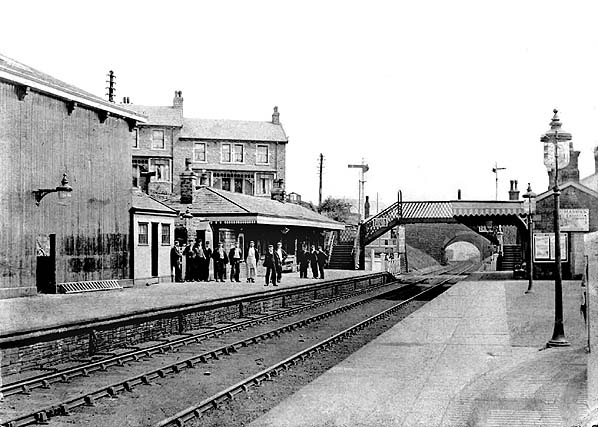
Unbeknownst to them, the second train had only just arrived at the Helmshore station when the coupling device that holds each carriage to the next had somehow split resulting in 15 carriages breaking free and beginning to slowly move backwards down the line they had just come from.
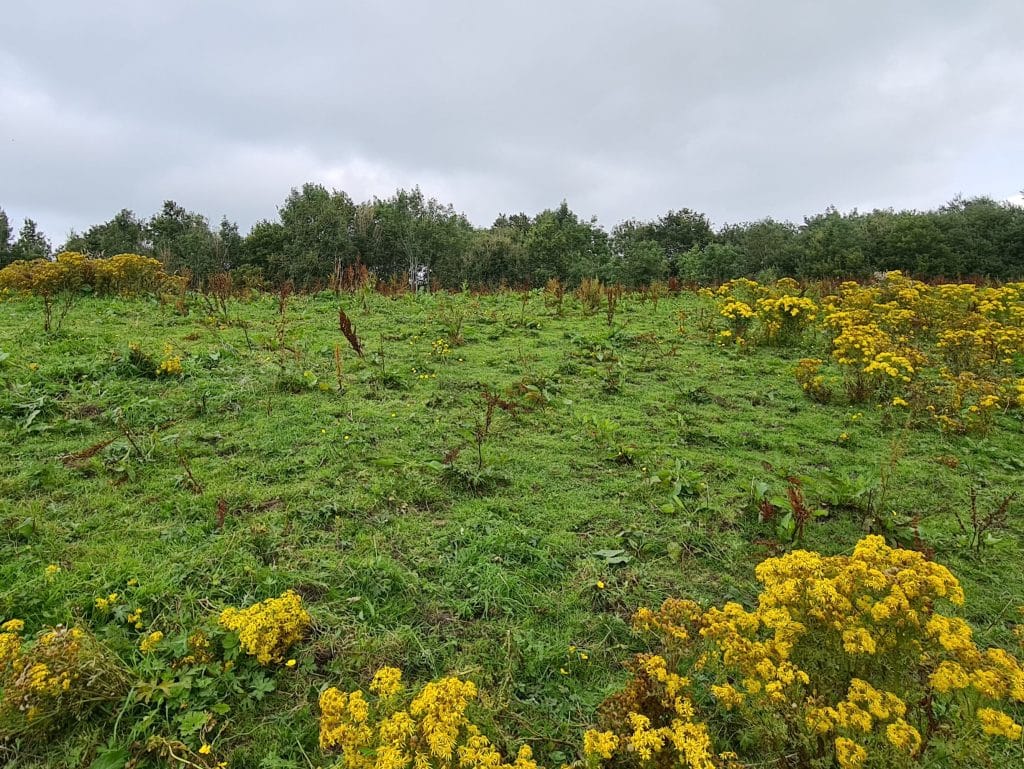
With the carriages now making their way back down the line, passenger superintendant, James Shaw – alerted by one of the guards on duty that something dreadful had occurred, quickly unbolted the engine from the stationery carriages and along with driver Thomas Seddon, they manouvered the engine onto the opposite track in the hope of catching up with the loose carriages and somehow bringing them to a standstill.
Unfortunately, time was not on their side as when they managed to get closer, they came across scenes of utter devestation.
The loose carriages had slammed into the oncoming third train, completely destroying four of them in the process and tossing two more vertically into the air with one crashing down on top of the engine of the third train.
Hundreds of people, dazed and confused had stuttered out from the wreckage. Fires raged on the embankment and the smell of smoke filled the air.
The third train, driven by Samuel Ramsbottom and George Simpson had barely made its way over the River Ogden Viaduct before making its way up the incline before the carriages came into view.
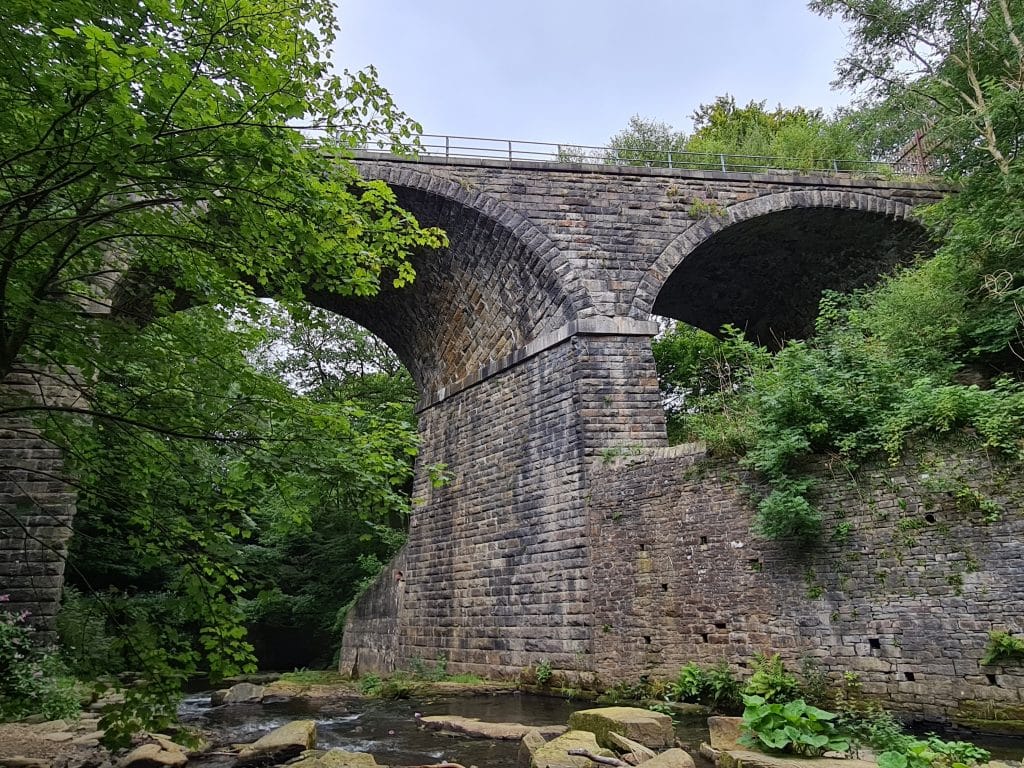
In total, 11 people would lose their lives that night, with around 77 other people being seriously injured or wounded. Estimates have since stated that it was more likely that over 100 people where injured.
The dead where taken into a barn that was situated at the rear of the Turner’s Arms Inn only a few hundred yards from Helmshore station whilst the badly injured were looked after inside the Turner’s Arms.
The inquest into the disaster finally came to the verdict of ‘accidental death’ and no blame was attached to any one individual. Instead, it was noted that the couplings may possibly have been defective and the shunting back and forth of the carriages as they came to a stop at Helmshore station led to them snapping resulting in the carriages becoming seperated from each other.
Also, the land in which the line and the station where situated also played a pivitol role in the events leading upto the disaster as the station was built at the top of an incline.
The inquest went on to say :
..a grave responsibility will rest upon the directors not only of the Lancashire and Yorkshire Railway, but of all other railway companies who shall continue to neglect the simple precautions which we have pointed out. Henceforth the recurrence of such frightful disasters as those at the Helmshore and Round Oak Stations will be inexcusiable. The means of preventing the possibility of their recurrences are now well ascertained and they are easily applied and inexpensive. Collisions occasioned by the backward rolling of carriages accidently severed from the engine are now taken out of the category of mere accidents. They will henceforward imply such culpable neglect as will render those guilty of it justly chargeable with a criminal offence.
Helmshore train station would continue operating until 1966 when it would finally close as part of the Beeching Axe on the 5th December 1966. Today, a few remaining relics of the long lost railway line can still be found throughout the village. The signal box, whilst not looking as it once did back in 1860, has been renovated and brought back to life as a dwelling house and just outside of the house, an original concrete lamp still exists today – just as it did over 100 years ago.
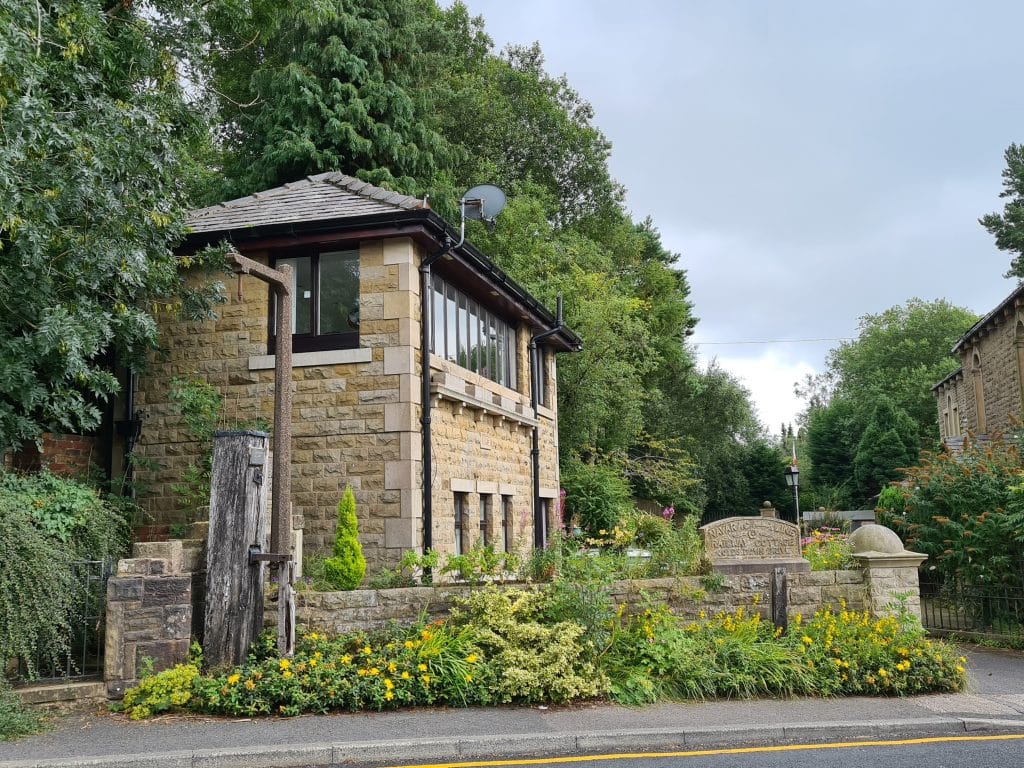
Unfortunately, redevelopment of the village of Helmshore has meant that all of the original railway lines have now vanished and been replaced in some parts by public walkways and a bypass. The scene of the disaster is not easily accessible either, as private housing lies around the boundaries and with barbed wire fencing in situ, it makes access very difficult. You can just about see, to some extent, the area where the disaster took place, but time has been unforgiving as nature has reclaimed most, if not all of the land that was once occupied by the lines.
Please follow me on social media;
Twitter – https://twitter.com/dohpods
Instagram – www.instagram.com/dohpods
Youtube – https://www.youtube.com/c/DaysofHorrorPodcast



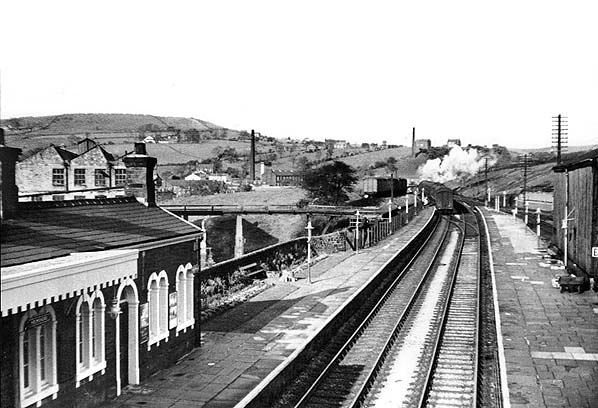
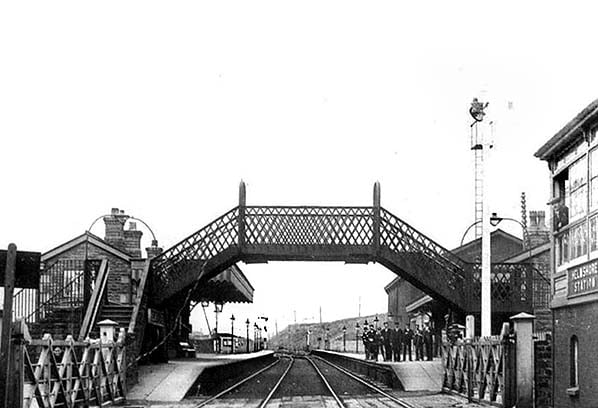
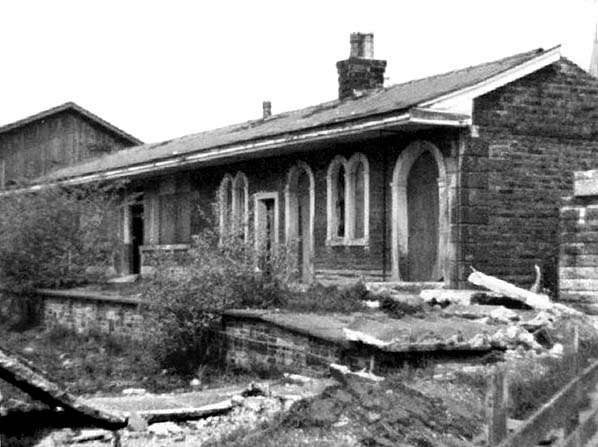
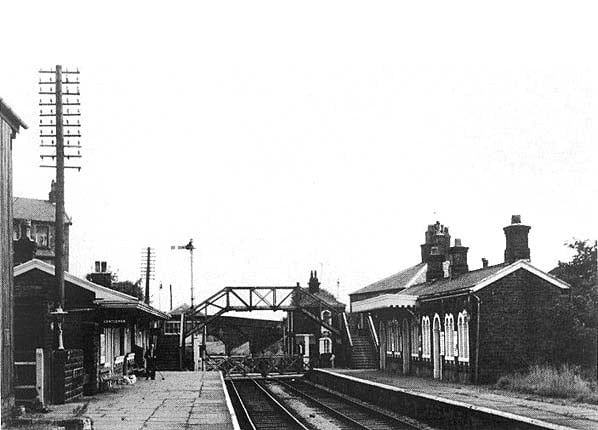
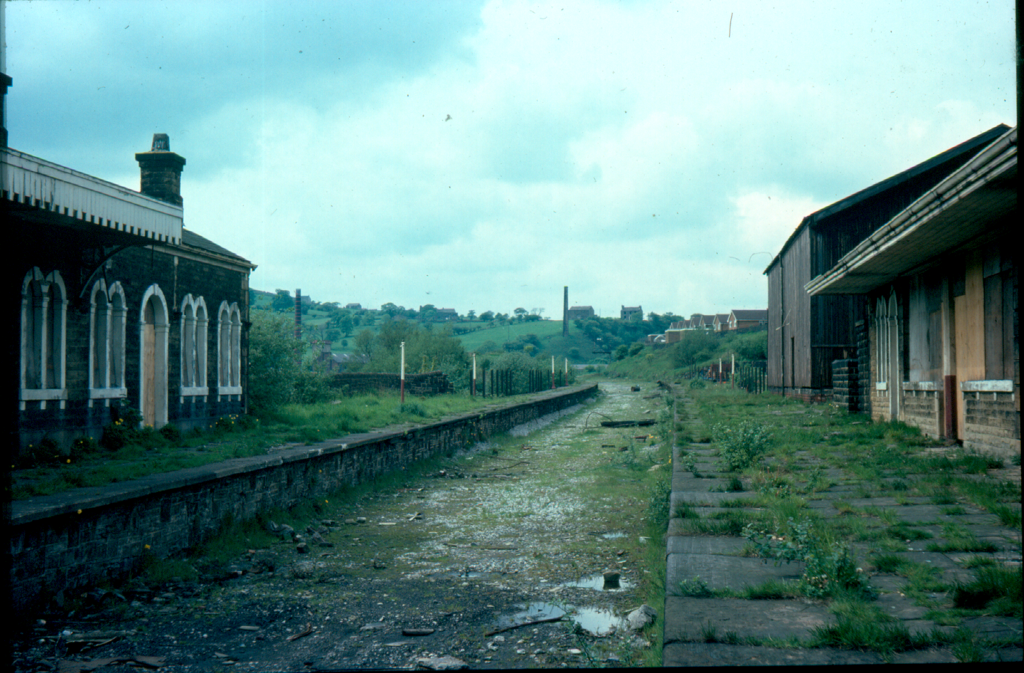
Leave a Reply